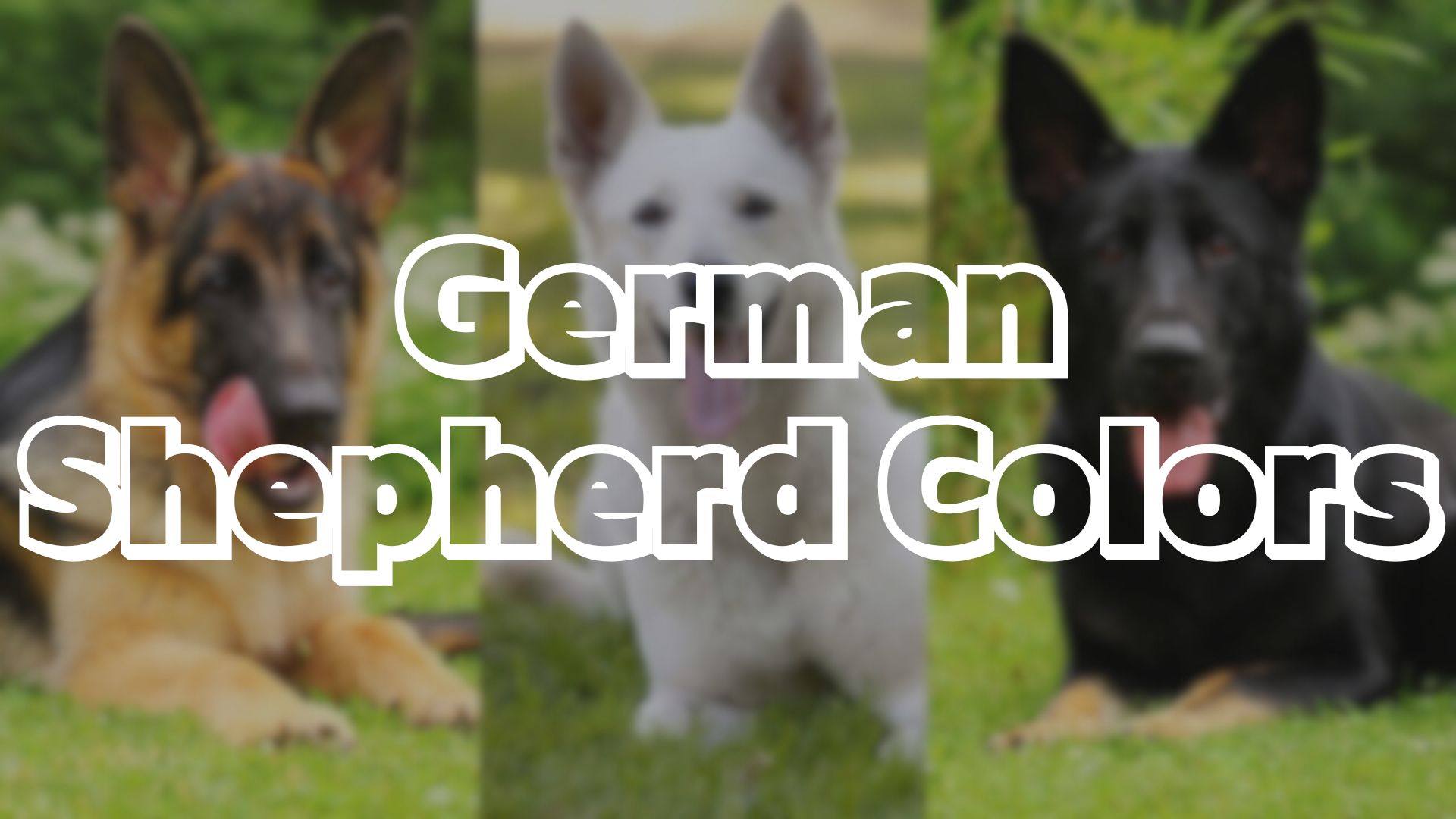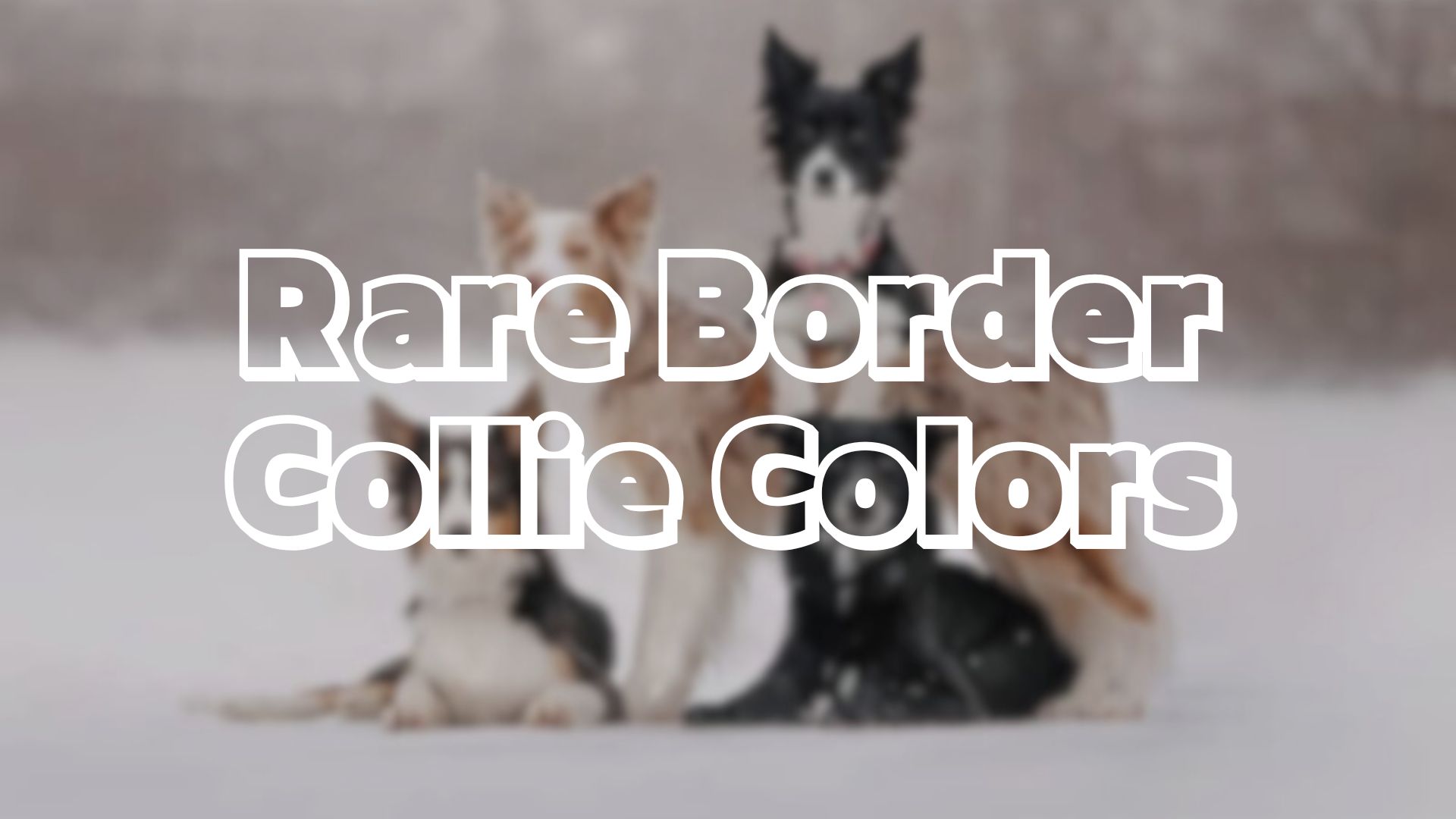Mastiff colors vary, including fawn, apricot, and black. The fawn mastiffs can range from light brown to tan with a black mask. Apricot mastiffs showcase shades from blonde to deep red, offering diverse looks. Black mastiffs, notably Tibetan, bring rarity to the breed. Bullmastiffs commonly appear in red, fawn, or brindle. The brindle pattern consists of dark stripes on a fawn background, creating a unique appearance. Mastiffs with black masks and white markings exhibit striking contrasts. These colors contribute to their distinctive charm and appeal. Each color and pattern adds character to this majestic breed.
Common Bullmastiff Colors and Patterns
The array of hues and patterns found in Bullmastiffs is notable within the canine world, showcasing distinctive characteristics that define the breed’s appearance. Bullmastiffs typically come in limited colors compared to other Mastiff breeds. The most common colors seen in Bullmastiffs are red, fawn, and brindle.
These colors can vary in shades, with fawn ranging from a light grayish-brown to a yellowish tan, while brindle Bullmastiffs display a mix of dark stripes on a fawn background. The breed standard also dictates that Bullmastiffs should have a black mask, ears, and nose, adding to their striking appearance.
These colorations contribute to the breed’s regal and powerful presence. The unique coat colors and patterns of Bullmastiffs not only enhance their physical beauty but also reflect their heritage as a breed known for its strength, loyalty, and protective nature.
Quick Overview of Mastiffs
An introduction to Mastiffs provides insight into their distinctive characteristics and historical significance. Originating in Asia and adopted by England for nearly 2,000 years, Mastiffs have played various roles throughout history, from being fighting dogs and war weapons to serving as devoted family pets known for their imposing size and protective nature.
Recognized by the United Kennel Club in 1948, Mastiffs are known for their large, massive, and powerfully built stature. They have a well-knit frame, a desire for breadth, and are characterized by grandeur, good nature, courage, and docility. Their heads give off a massive appearance from any angle, while their slightly arched, powerful necks are very muscular.
Mastiffs have shoulders and upper arms that are heavy and muscular, with forelegs that are strong and wide apart. Their hindquarters are broad and muscular, and they have a well-developed second thigh. Mastiffs are generally well-rounded, with wide chests and extremely well-rounded ribs, all contributing to their impressive physical presence.
The 3 Common Mastiff Colors
Among the array of hues found in Mastiffs, three common colors stand out prominently in the breed’s palette. Fawn is a popular color, ranging from light grayish-brown to yellowish tan, often accompanied by a black mask and ears due to melanoblast migration.
Apricot is another common Mastiff color, varying from light strawberry blonde to a deeper red shade. Black, although rare in Mastiffs, is more predominant in Tibetan Mastiffs.
These three colors – fawn, apricot, and black – contribute to the diverse and striking appearances of Mastiffs. Each color brings a unique charm to the breed, showcasing the beauty and variety within the Mastiff color spectrum.
While fawn and apricot are more commonly seen in Mastiffs, the presence of black adds a touch of rarity and distinction, particularly in Tibetan Mastiffs. The contrast between these colors highlights the breed’s elegance and individuality, making Mastiffs a visually captivating and diverse breed in the canine world.
Fawn
Fawn Mastiffs exhibit a range of light grayish-brown to yellowish tan hues, often complemented by a distinctive black mask and ears due to melanoblast migration. This coat color is highly sought after and can be quite expensive due to its popularity. The fawn coloration in Mastiffs is a defining trait, with variations in shade adding individuality to each dog. The black mask and ears provide a striking contrast to the overall fawn color, enhancing the breed’s majestic appearance.
In terms of breed standards, fawn Mastiffs with a black mask and ears are considered desirable and are widely accepted in show rings. The richness and depth of the fawn color can vary between individuals, with some displaying a more grayish tone while others lean towards a warmer tan shade. Overall, fawn Mastiffs exude a sense of elegance and strength, making them a favorite choice among Mastiff enthusiasts and breeders alike.
Red
Red Mastiffs are known for their striking and vibrant coat color, which adds a bold and eye-catching element to their appearance. This rich hue ranges from deep mahogany to bright red, giving these majestic dogs a regal and commanding presence. The intensity of the red color can vary among individual Mastiffs, with some displaying a darker shade reminiscent of a fine red wine, while others exhibit a lighter, more fiery red tone.
The red coat of a Mastiff is often accompanied by a black mask and ears, creating a striking contrast that further accentuates their facial features. This combination of colors enhances the overall majestic and imposing look of the breed, making them stand out in any setting. Red Mastiffs are prized for their unique coloration, which sets them apart from other Mastiff variations and adds to their allure as a beloved companion and guardian.
Red-Fawn
With a captivating blend of warm tones, the red-fawn Mastiff boasts a unique and appealing coat color that exudes elegance and charm. This color variation is a combination of red and fawn hues, creating a rich and striking appearance. The red-fawn Mastiff typically displays a warm reddish base with fawn undertones, resulting in a coat that catches the eye and stands out among other color variations within the Mastiff breed.
Red-fawn Mastiffs are known for their regal and dignified look, with the color enhancing their majestic presence. The warm tones of the red-fawn coat complement the Mastiff’s massive build, accentuating their powerful physique. This color variation is often sought after by Mastiff enthusiasts for its unique and eye-catching aesthetic.
The 4 Common Mastiff Markings and Patterns
The identification of distinct markings and patterns is crucial in understanding the diversity within the Mastiff breed. Four common Mastiff markings and patterns include:
- Brindle, which features a tiger-stripe pattern on a fawn, apricot, or other base color. This pattern is highly sought after and recognized within the breed standards.
- The black mask, often seen in fawn Mastiffs where the face and ears are black while the body is a lighter shade. The black mask adds contrast and character to the breed’s appearance.
- Some Mastiffs exhibit white markings, which can appear on the chest, paws, or the tip of the tail, adding a distinctive flair to their overall look.
- Lastly, some Mastiffs may have a solid coat color with minimal to no markings, showcasing the beauty of the breed in its pure form.
Understanding these common markings and patterns adds depth to appreciating the Mastiff’s physical characteristics.
Brindle
In examining Mastiff markings and patterns, the focus now shifts towards the distinctive pattern known as brindle. Brindle Mastiffs display a unique coat pattern characterized by streaks of darker color on a lighter background, giving them a striking and eye-catching appearance.
The brindle pattern can vary in intensity, with some Mastiffs having bold, pronounced stripes, while others exhibit a more subtle, delicate patterning. This pattern is especially favored for its camouflage effect, making Brindle Mastiffs popular among owners who appreciate both style and functionality.
The brindle gene responsible for this pattern can be inherited and passed down through generations, leading to a consistent presence of brindle Mastiffs within certain bloodlines. Overall, brindle Mastiffs showcase a beautiful and distinctive look that sets them apart from other coat patterns seen in this majestic breed.
Black Mask
A defining feature of Mastiffs is their distinctive black mask, adding a striking contrast to their overall appearance. This characteristic plays a significant role in defining the breed’s unique and powerful look.
Here are four key points about the black mask in Mastiffs:
- Melanoblast Migration: The black mask in Mastiffs is a result of melanoblast migration during embryonic development. This process leads to the concentration of melanin in specific areas of the face, creating the distinct black mask.
- Historical Significance: The black mask has been a traditional trait in Mastiffs for generations, contributing to their iconic appearance. Breed enthusiasts often value this feature as it is considered a hallmark of the breed standard.
- Breed Recognition: The presence of a well-defined black mask is essential for Mastiffs to meet breed standards set by kennel clubs and breed associations. It is a characteristic that is closely monitored in conformation shows and breeding programs.
- Color Harmony: The black mask not only adds visual appeal but also enhances the symmetry and balance of the Mastiff’s facial features, creating a harmonious look that is admired by enthusiasts and judges alike.
White Markings
With their striking and unique appearance, Mastiffs exhibit distinctive white markings that contribute to their overall aesthetic appeal. These white markings can vary in size, shape, and placement, adding character to the breed’s appearance. While Mastiffs are commonly known for their fawn, apricot, or brindle coats, the addition of white markings creates a striking contrast that enhances their regal presence.
Below is a table showcasing some examples of white markings found on Mastiffs:
| White Markings Examples | Description | Placement |
|---|---|---|
| White blaze | Broad strip on the face | Center of the forehead |
| White chest | Patch or streak on the chest | Front of the body |
| White paws | White coloring on the paws | Feet and toes |
These white markings can appear on various parts of the Mastiff’s body, further highlighting the breed’s diversity in color patterns.
White Markings and Black Mask
Exhibiting a striking contrast in their appearance, Mastiffs showcase distinctive white markings alongside a prominent black mask. This combination of colors adds to the regal and imposing presence of the Mastiff breed.
Here are four key points to note regarding white markings and black masks on Mastiffs:
- Distinctive Appearance: The white markings on Mastiffs typically appear on their chest, feet, tail tip, and sometimes on the face. These markings stand out against their fawn or apricot coat color, creating a visually striking look.
- Symbol of Breed Standard: The presence of white markings and a black mask is often considered a desirable trait in Mastiffs according to breed standards set by kennel clubs. It is a defining feature that contributes to the breed’s unique charm.
- Historical Significance: White markings and black masks have been a part of the Mastiff breed’s appearance for centuries, with depictions seen in historical artwork and documentation. This characteristic has been preserved and valued by breed enthusiasts.
- Recognition in Shows: Mastiffs with well-defined white markings and a bold black mask often attract attention in dog shows and competitions, reflecting the breed’s adherence to established standards of appearance and conformation.
Conclusion
In conclusion, the diverse range of colors and patterns found in Mastiffs adds to the allure and uniqueness of this noble breed.
Understanding the significance of these coat variations is essential for breeders, owners, and admirers in appreciating the beauty and diversity within the Mastiff community.
From common colors like fawn and red to more rare variations like brindle and black mask, the coat colors of Mastiffs reflect their genetic heritage and contribute to their majestic appearance.




